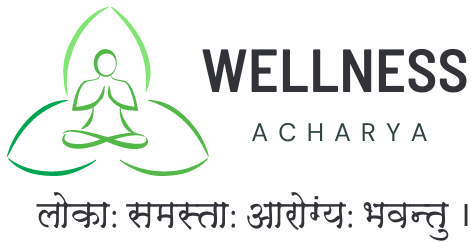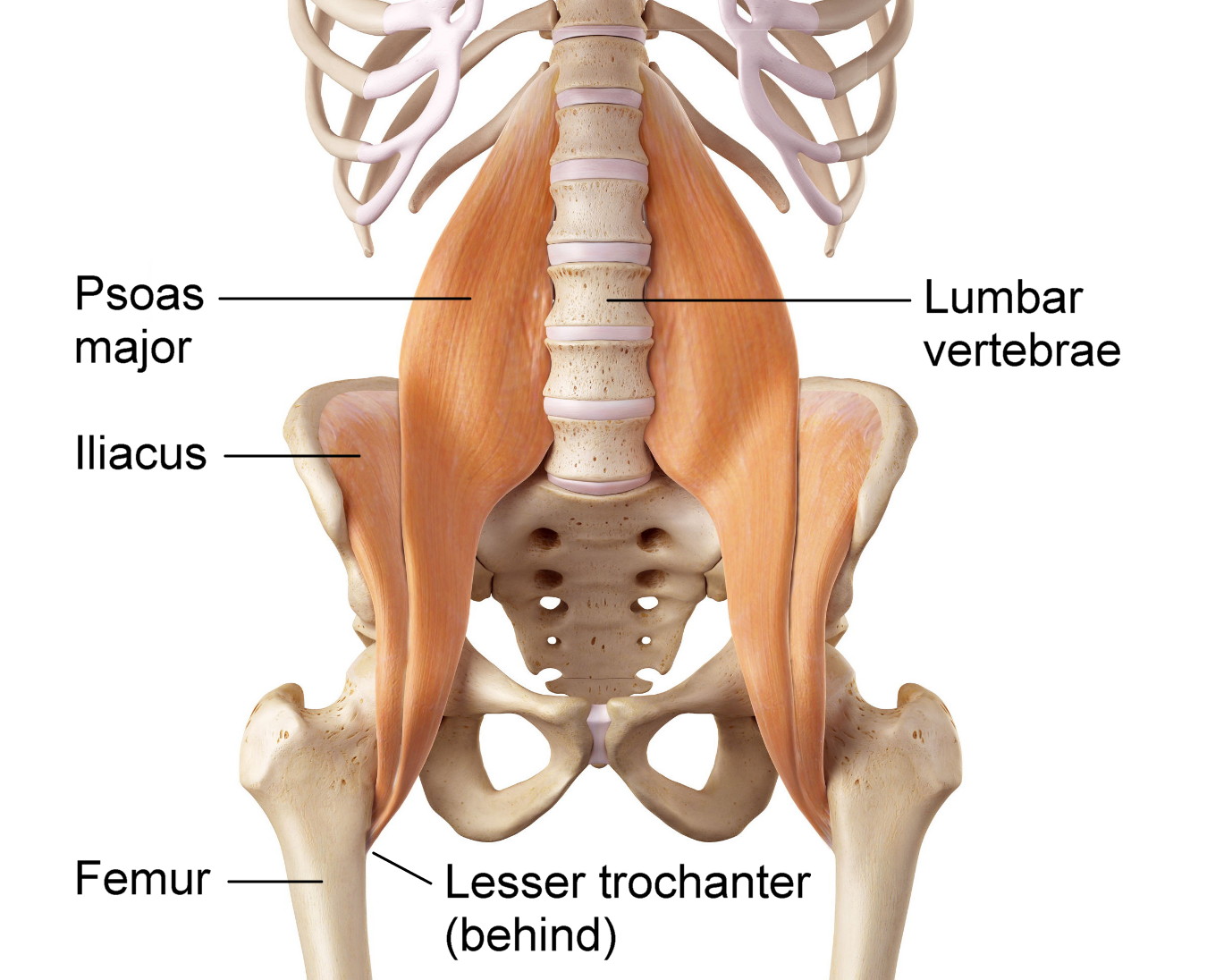PSOAS-THE MOST VITAL OF ALL MUSCLES
Structurally, your psoas muscles are the deepest muscles in your core.
Your psoas muscles allow you to bend your hips and legs toward your chest, for example, when you are going up stairs. They also help to move your leg forward when you walk or run. These same muscles flex your trunk forward when you bend over to pick up something from the floor. They also stabilize your trunk and spine during movement and sitting.
The psoas muscles support your internal organs and work like hydraulic pumps, allowing blood and lymph to be pushed in and out of your cells. They are vital not only to your structural well-being but also to your psychological well-being because of their connection to your breath.
Here’s why: there are two tendons for the diaphragm (called the crura) that extend down and connect to the spine alongside where the psoas muscles attach. One of the ligaments (the medial arcuate) wraps around the top of each psoas. Also, the diaphragm and the psoas muscles are connected through fascia that also connects the other hip muscles. These connections between the psoas muscle and the diaphragm literally connect your ability to walk and breathe and also how you respond to fear and excitement. When you are startled or under stress, your psoas contracts. In other words, your psoas has a direct influence on your fight-or-flight response!
During prolonged periods of stress, your psoas is constantly contracted. The same contraction occurs when you sit for long periods of time, engage in excessive running or walking, sleep in the fetal position, or do a lot of sit-ups. All of these activities compress the front of your hip and shorten your psoas muscle.
But that doesn’t necessarily mean you should automatically stretch your psoas if you have pain in the front of your hip joint. In fact, depending on your situation, stretching your psoas may actually do more harm than good! The key is to know whether your psoas is short and tight and thus in need of stretching or if it’s weak and overstretched and in need of strengthening.
Exercise, sitting in your favorite chair, wearing shoes, and even unhealed physical and emotional injuries can cause an imbalance in your psoas muscles. Getting things back in balance will give you a greater range of motion and relief from pain. Plus, you will feel more grounded and relaxed!
Here are possible ways for getting things back in balance:
- Avoid sitting for extended periods. If you must sit for work or other reasons, sit with good posture and be sure your hips are level or slightly higher than your knees. It’s a good idea to put a towel folded lengthwise under your hips when sitting. This tilts the pelvis in a way that lengthens the hamstrings and relaxes the psoas muscles. Avoid bucket seats and chairs without support for your low back. Try to get up and move around every hour.
- Add support to your car seat. Use a rolled-up towel underneath your sit bones and/or behind your lumbar spine to keep the psoas and hip sockets released. If you are traveling long distances, stop every 3 hours to stretch and walk around for 10 minutes.
- Lay off extreme exercise routines. I don’t mean completely or forever. But if you are a power walker, distance runner, or sprinter, or even if you do a lot of sit-ups, you may want to alternate your workouts.
- Try resistance flexibility exercises. Resistance flexibility exercises can do wonders for your fascia. To strengthen your psoas, lay on your back with your hips abutting the wall next to a door frame. Raise one leg straight so that it is against the wall. (Your other leg will extend through the doorway.) Bend your extended leg and, using your hands to slow down the movement and create resistance, bring your bent knee toward your chest. Do this while also pressing your raised leg into the wall. Then reverse the motion of your bent leg. As you straighten it, continue to create resistance using your hands to push your leg out as your leg resists.
- Get a professional massage. Getting a massage from a seasoned practitioner can help relieve a tight psoas muscle. Understand that this work is not the most comfortable but can be of great benefit. In fact, getting myofascial release on a regular basis helps to keep your psoas, and all of your muscles, fluid. Assisted stretching (as with a resistance flexibility trainer) and yoga are also excellent ways to restore balance to your psoas.
- Take constructive rest. The constructive rest position (CRP) can relieve low back, pelvic, and hip tension while it allows your entire body to come into neutral. Lay on your back with your knees bent and your feet on the floor hip-width apart and parallel to each other. Place your heels a comfortable distance from your buttocks or about 16 inches away. Do not push your low back into the floor or tuck your pelvis. Rest your arms over your belly. Let gravity do the work. Doing this for 10 to 20 minutes every day will release tension in your psoas muscles and help to reestablish the neurobiological rhythms that calm and refresh.
- Pay attention to your pelvis! The length of the psoas determines whether or not your pelvis is free to move. To tell whether your psoas muscles are tight or overstretched, stand sideways by a mirror (or even better, have a friend take a photo of you from the side). Note the position of your pelvis. If you were to draw a line along your pelvis from back to front, that line should be pretty straight. If the line tilts downward, your pelvis is anteriorly rotated or moving toward the front of your body. This means that your psoas muscles may be short and tight. If the line runs upward, your pelvis is posteriorly tilted toward the back of your body. This means that your psoas muscles may be overstretched and weak.
- Release stress and past traumas. We store stress in our bodies. Tension in the hips is common, and it’s usually not just caused by lifestyle, age, and physical events such as injuries or accidents. It is also due to mental stress and unhealed traumas. Releasing stress daily can help keep your psoas healthy. Take a leisurely walk. Soak in a bath with Epsom salts. Acknowledge your emotions, express them, and release them. Divine Love is a great way to heal from past traumas. Finally, get out and do something pleasurable every day!
People who suffer from psoas syndrome have certain symptoms in common. The primary symptom is pain in the lumbosacral region when sitting or standing and pain that worsens when doing anything that bends the hip, such as walking, climbing stairs, squatting, and sitting. You may also have difficulty standing erect. Pain in the glutes is another common symptom, especially contralateral pain that radiates down the opposite leg. This pain usually stops at the knee. Pain in the lower abdomen, groin, iliac crest, and thigh/leg are also common.

